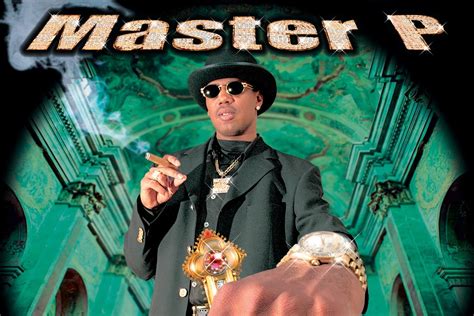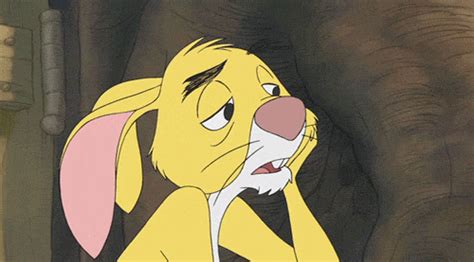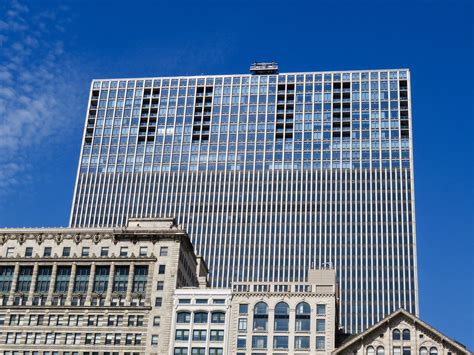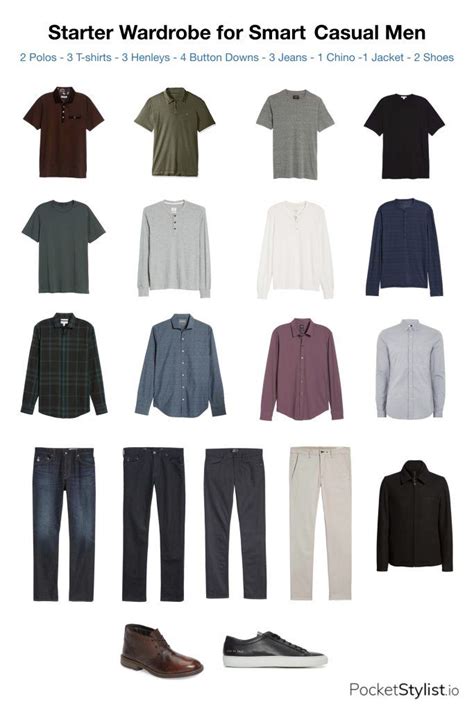In the world of men’s fashion, ‘fit’ is king. It’s not just about wearing the right brands or the latest trends; it’s about how those clothes sit on your unique frame. A perfect fit can elevate even the simplest outfit, making you look sharper, feel more confident, and present your best self. Conversely, ill-fitting clothes can detract from your appearance, regardless of their price tag or quality.
Understanding the Fundamentals of Fit
Before diving into body types, let’s establish universal principles. Regardless of your build, certain areas are non-negotiable for a good fit:
- Shoulders: For shirts, jackets, and blazers, the seam should sit precisely where your shoulder ends and your arm begins.
- Torso: Clothes shouldn’t be too tight, causing strain lines, nor too baggy, creating excess fabric. There should be a smooth drape that follows your body’s natural contours.
- Length: Shirt hems, jacket sleeves, and trouser breaks all have ideal lengths that complement your proportions.
- Waist: Trousers should sit comfortably at your natural waist without needing a belt to stay up, yet allow for movement.
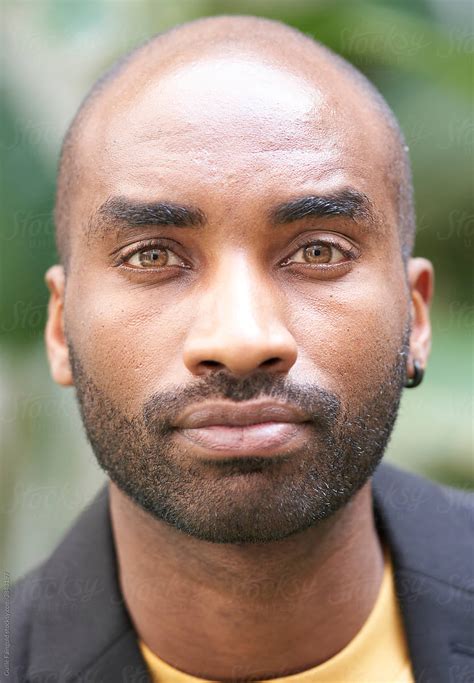
Identifying Your Body Type
While every man is unique, most fall into one of a few general body types. Knowing yours is the first step to dressing smarter:
The V-Shape (Inverted Triangle)
Characterized by broad shoulders and chest that taper down to a narrower waist and hips. This athletic build is often seen as ideal.
- Goal: Maintain balance, avoid exaggerating the top, and add slight volume to the lower half.
- Recommendations:
- Tops: Slim-fit shirts and t-shirts. V-necks can balance broad shoulders. Avoid shoulder pads or overly bulky tops.
- Jackets: Tailored blazers and jackets that follow the natural taper.
- Bottoms: Straight-leg or slim-tapered trousers. Chinos and jeans work well. Avoid overly skinny jeans, which can make your top half look disproportionately large.
The Rectangle
Shoulders, waist, and hips are roughly the same width. The goal is to create the illusion of broader shoulders and a narrower waist.
- Goal: Add structure to the shoulders and define the waist.
- Recommendations:
- Tops: Structured jackets, blazers with slight shoulder padding, horizontal stripes on the upper body. Layering can add dimension.
- Jackets: Double-breasted jackets can add width.
- Bottoms: Straight-leg trousers. Cinch the waist with a well-fitting belt.

The Triangle (Pear Shape)
Shoulders and chest are narrower than the waist and hips. The aim is to broaden the upper body and streamline the lower half.
- Goal: Add volume and structure to the shoulders, streamline the lower body.
- Recommendations:
- Tops: Structured jackets, shirts with patterns or bright colors on top to draw the eye upwards. V-necks and crew necks work well. Avoid horizontal stripes on the lower half.
- Jackets: Well-fitted blazers with defined shoulders.
- Bottoms: Dark, straight-leg, or slightly relaxed-fit trousers. Avoid pleats or anything that adds bulk to the hips.
The Oval (Apple Shape)
The midsection is wider than the shoulders and hips. The objective is to create a more elongated silhouette and balance the proportions.
- Goal: Create a longer, leaner appearance; avoid drawing attention to the midsection.
- Recommendations:
- Tops: Darker, solid colors. Vertical stripes can be flattering. Untucked shirts can help if they fall just below the hip. Avoid tight fits or anything that clings to the midsection.
- Jackets: Single-breasted jackets, worn open. Keep lapels slim.
- Bottoms: Straight-leg or relaxed-fit trousers. Comfortable waistlines are key.

General Tips for an Impeccable Fit
- Know Your Measurements: Take accurate measurements for your chest, waist, neck, inseam, and sleeve length. This is invaluable when shopping.
- Don’t Fear the Tailor: Even off-the-rack clothes can look custom-made with a few simple alterations. Hemming trousers, taking in a shirt, or adjusting a jacket’s sleeves can make all the difference.
- Fabric Matters: Stiffer fabrics like denim or tweed can add structure, while softer drapes like merino wool or modal can smooth out lines.
- Layering Strategically: Use layers to add volume where needed (e.g., a knit sweater under a blazer for a rectangle shape) or streamline (e.g., an unbuttoned dark shirt over a t-shirt for an oval shape).

Common Fit Mistakes to Avoid
- Too Baggy: Doesn’t hide anything, just makes you look shapeless and larger.
- Too Tight: Creates uncomfortable strain, draws unwanted attention, and restricts movement.
- Wrong Shoulder Fit: The most critical error for jackets and shirts; it’s almost impossible to fix.
- Ignoring Trouser Break: Trousers should have little to no “break” (crease where fabric meets shoe) for a modern, clean look.

Conclusion
Mastering men’s fit is an ongoing journey, but it’s one of the most rewarding aspects of personal style. By understanding your body type and applying these fundamental principles, you can transform your wardrobe, elevate your appearance, and project an air of confidence and polish in every setting. Remember, the best-dressed man isn’t necessarily the one wearing the most expensive clothes, but the one whose clothes fit him impeccably.
